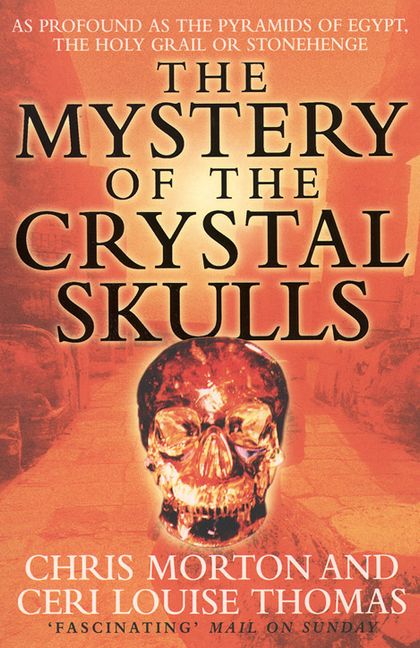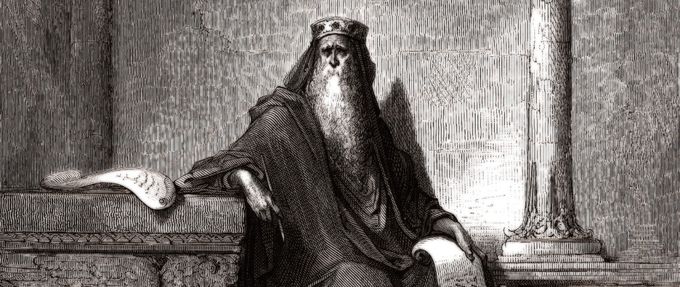While magic as we understand it from myths and folklore doesn’t have solid proof in scientific terms, certain historical artifacts have been tied to magical practices and beliefs. These objects often hold significance in cultural contexts and are associated with rituals, alchemy, or ancient supernatural beliefs. Here are five artifacts commonly linked to magic:
1. The Voynich Manuscript
- Origin: Likely 15th century
- Significance: An enigmatic manuscript filled with indecipherable text, strange diagrams, and illustrations of unknown plants and astronomical symbols. It has baffled historians, cryptographers, and linguists for centuries. Some believe it is an alchemical or magical text, although its purpose and origins remain unclear.



2. The Crystal Skulls
- Origin: Allegedly pre-Columbian Mesoamerican (though modern research dates many to the 19th century)
- Significance: These carved crystal skulls have been surrounded by legends that attribute them with mystical powers. They were believed to hold ancient wisdom or healing energy, and some claim they can communicate with other dimensions or channel supernatural forces.



3. The Ring of Solomon
- Origin: Ancient Middle East, associated with King Solomon (biblical era)
- Significance: According to legend, King Solomon possessed a magical ring that allowed him to command demons, speak to animals, and control the wind. Though the ring itself has never been found, it appears in various magical traditions and texts, often ascribed with great power.



4. The Emerald Tablet
- Origin: Possibly Hellenistic Egypt (Greco-Roman period)
- Significance: This mystical tablet is said to contain the secrets of alchemy and the universe. The text inscribed on it is one of the foundations of alchemical thought, particularly the phrase “as above, so below.” Its knowledge is associated with transforming base metals into gold and achieving spiritual enlightenment.



5. The Codex Gigas (“The Devil’s Bible”)
- Origin: 13th century, Bohemia (modern-day Czech Republic)
- Significance: This massive medieval manuscript is reputed to have been written with the help of the Devil. Legend has it that a monk, facing punishment, made a pact with the Devil to complete the book in a single night. The codex includes a large illustration of the Devil and is filled with magical texts, exorcism rituals, and prayers.



Though many may argue that rather than providing conclusive proof of magic, these objects are more about the legends, stories, and mysteries that surround them. Magic as viewed by many others exists in the love that attracts us to one another and the other day to day occurrences that can’t be explained. Both parties would agree that these artifacts draw attention to how people have always been fascinated by paranormal and unexplained occurrences.





